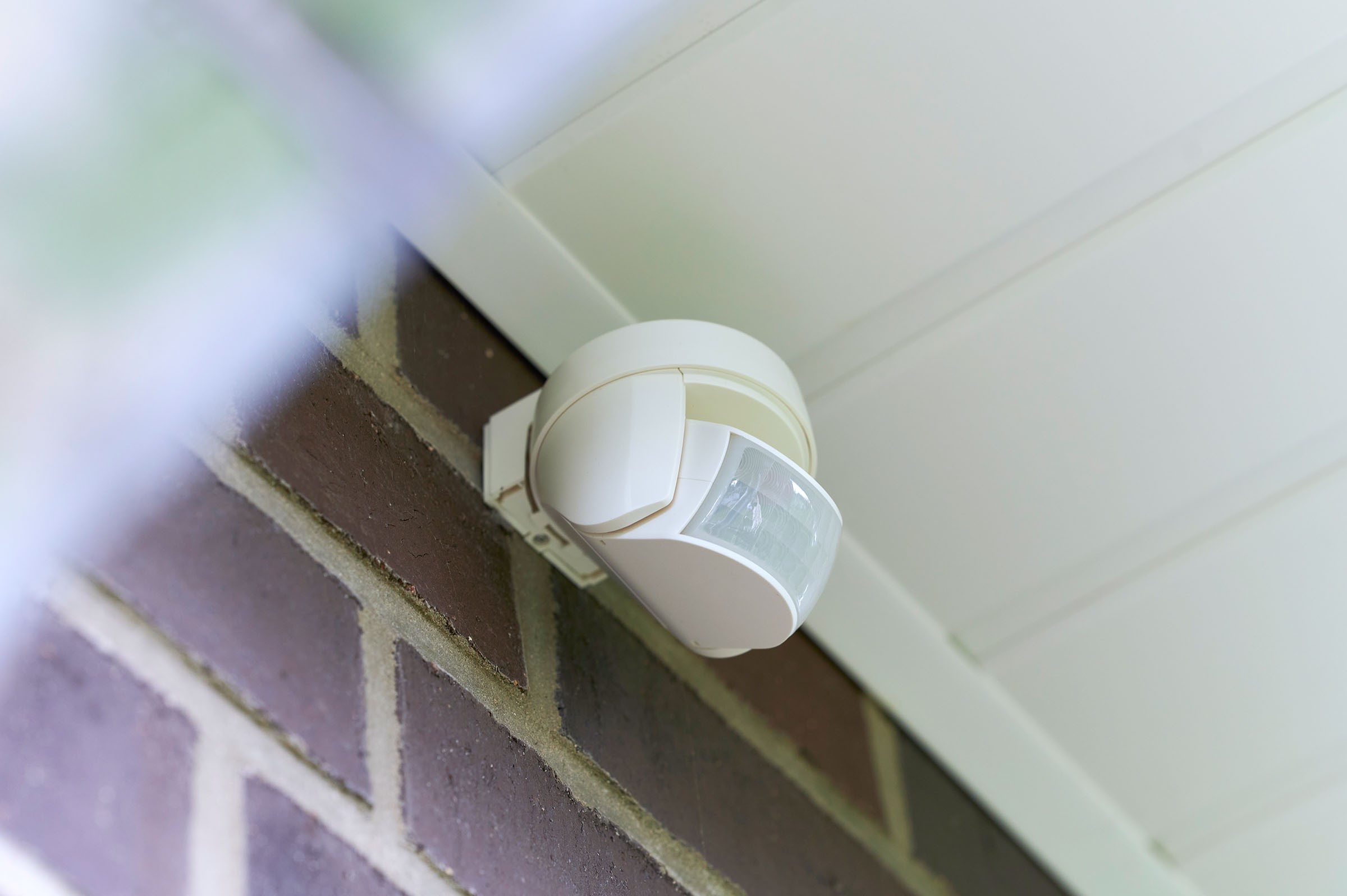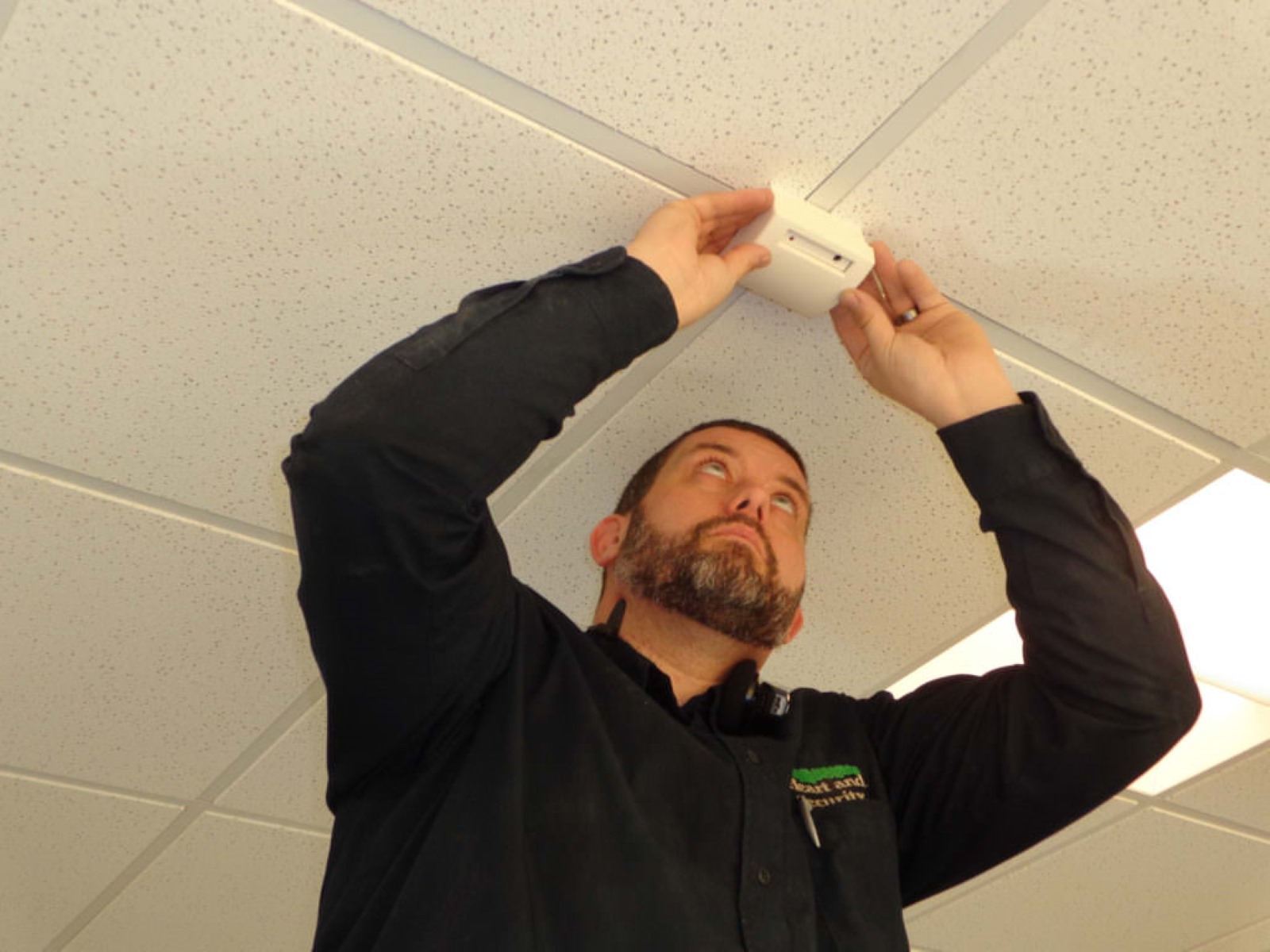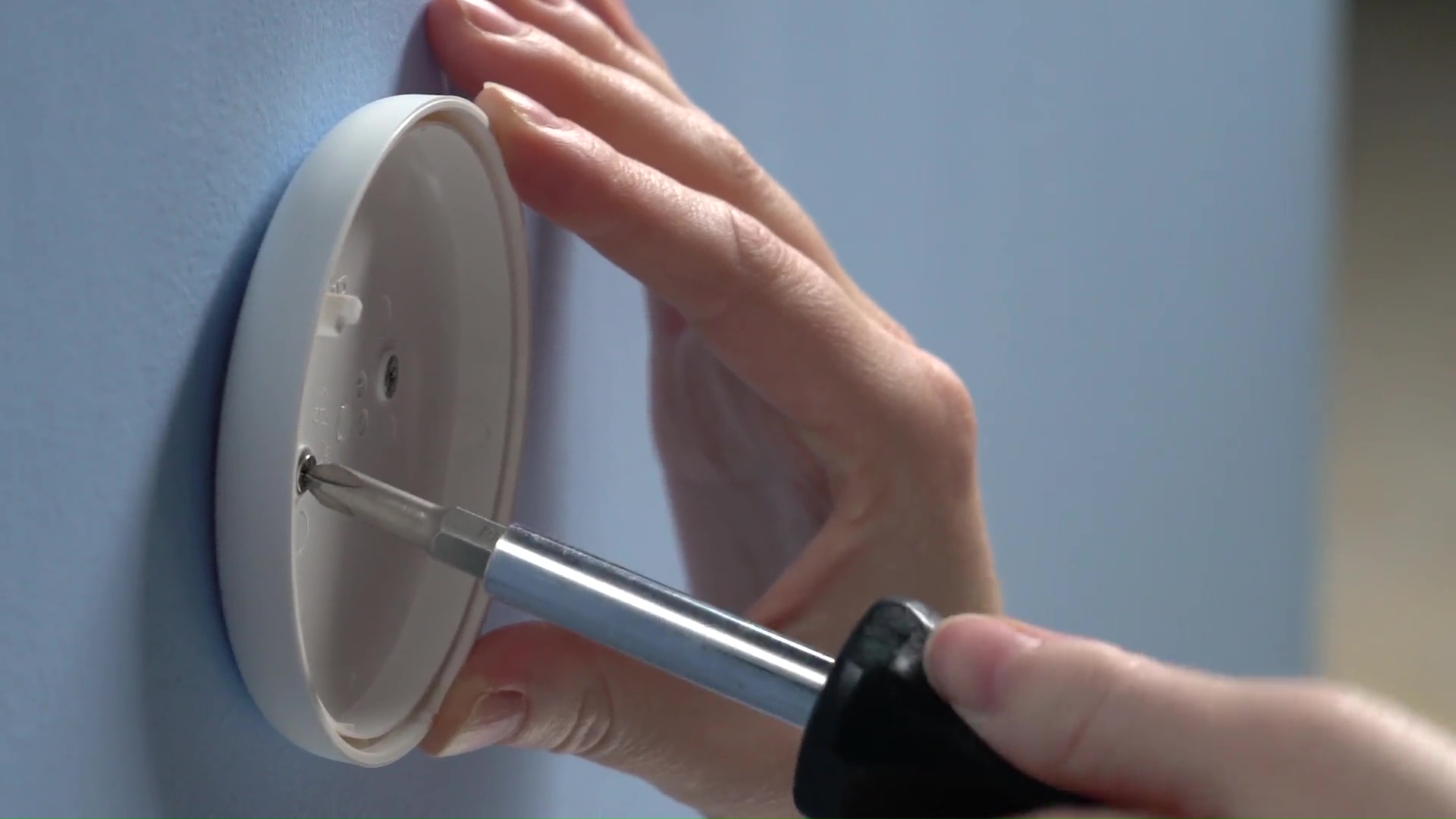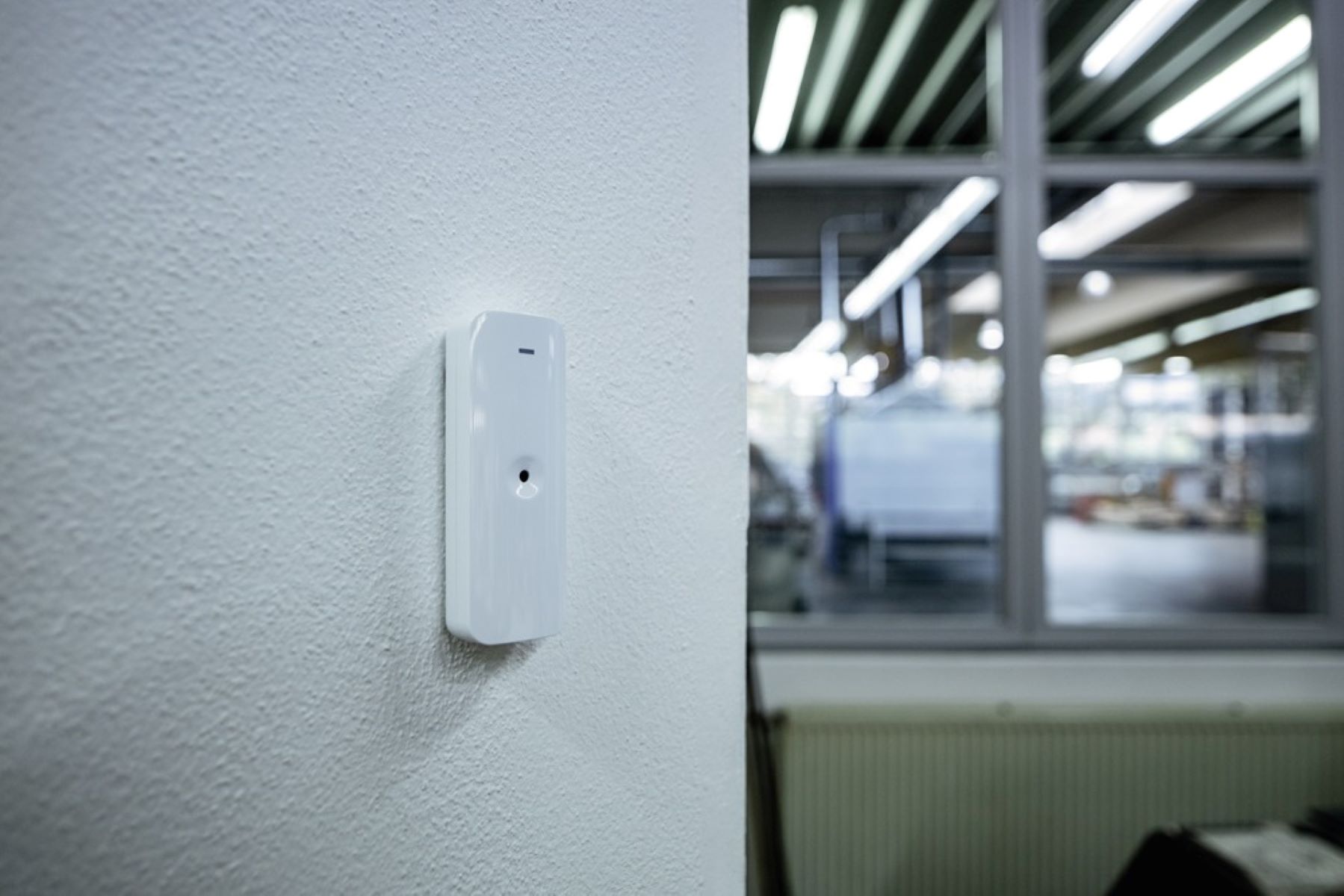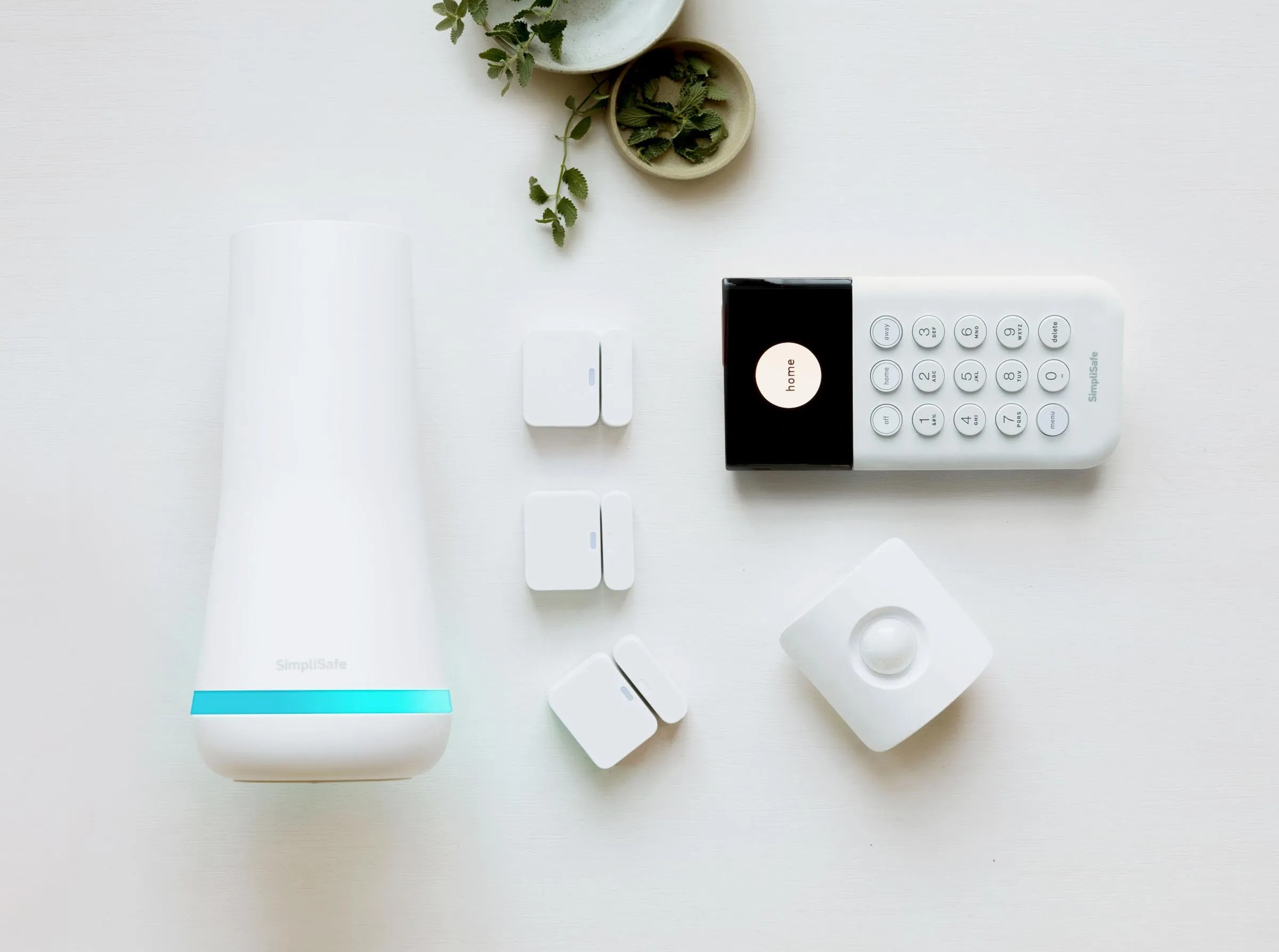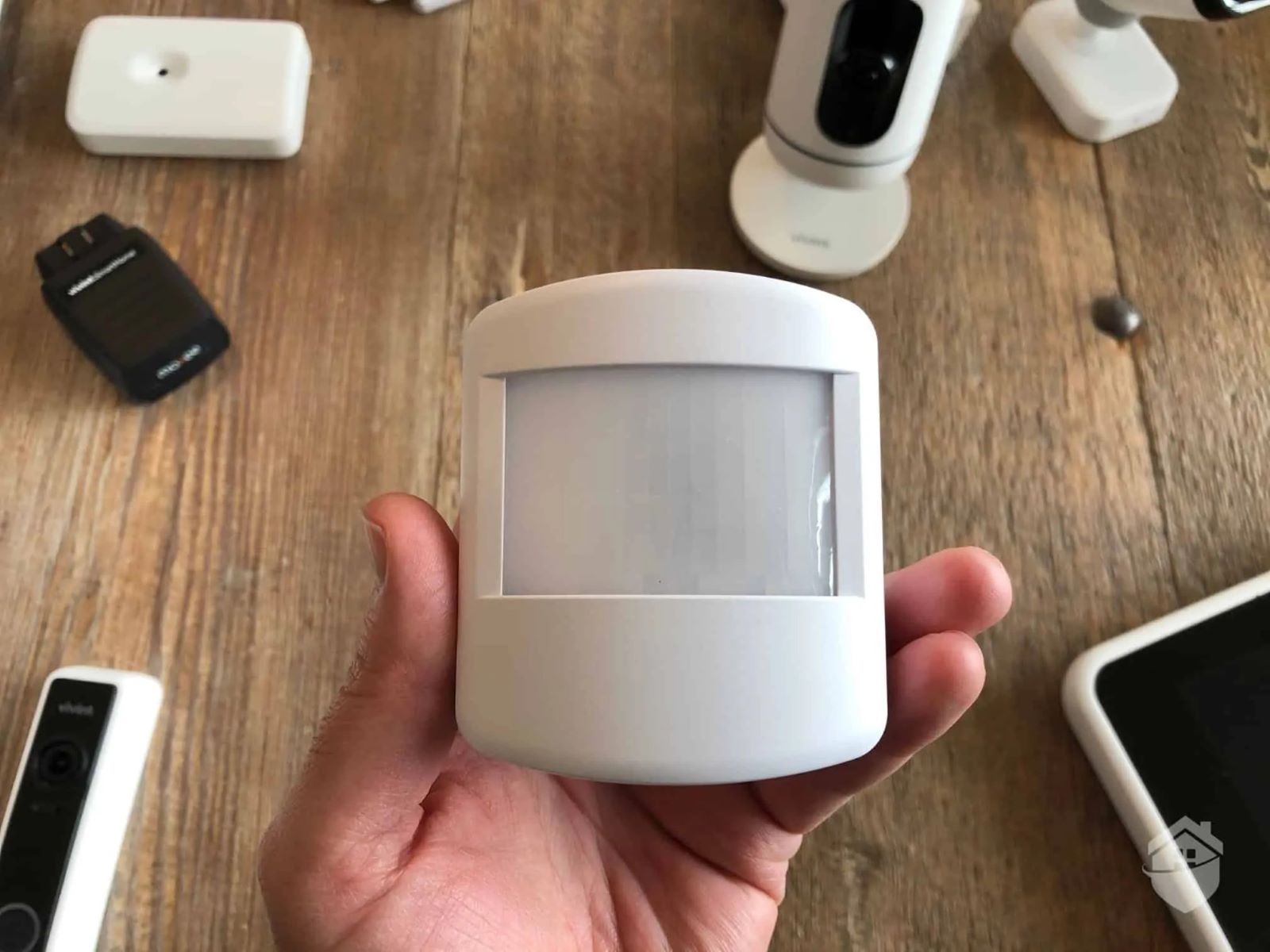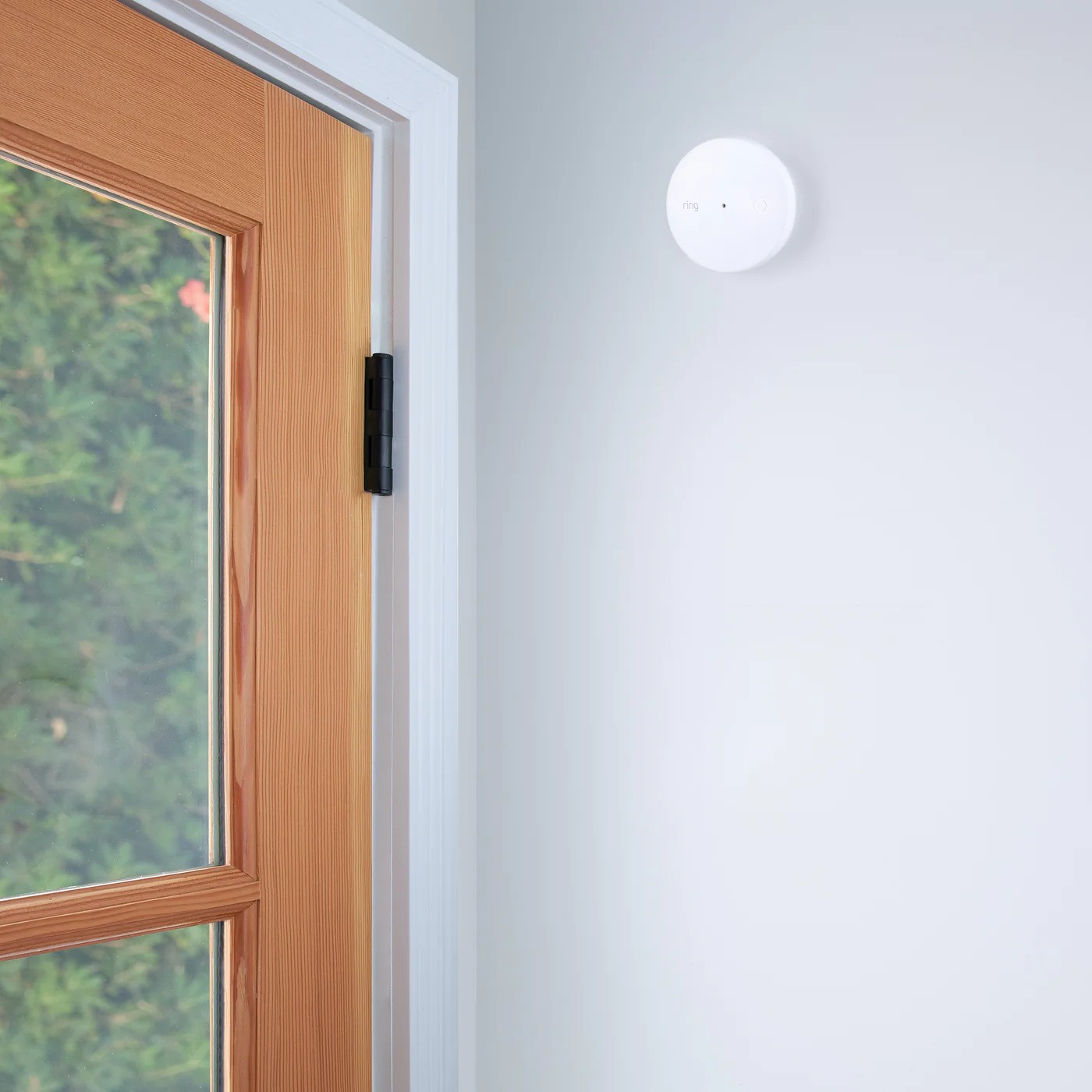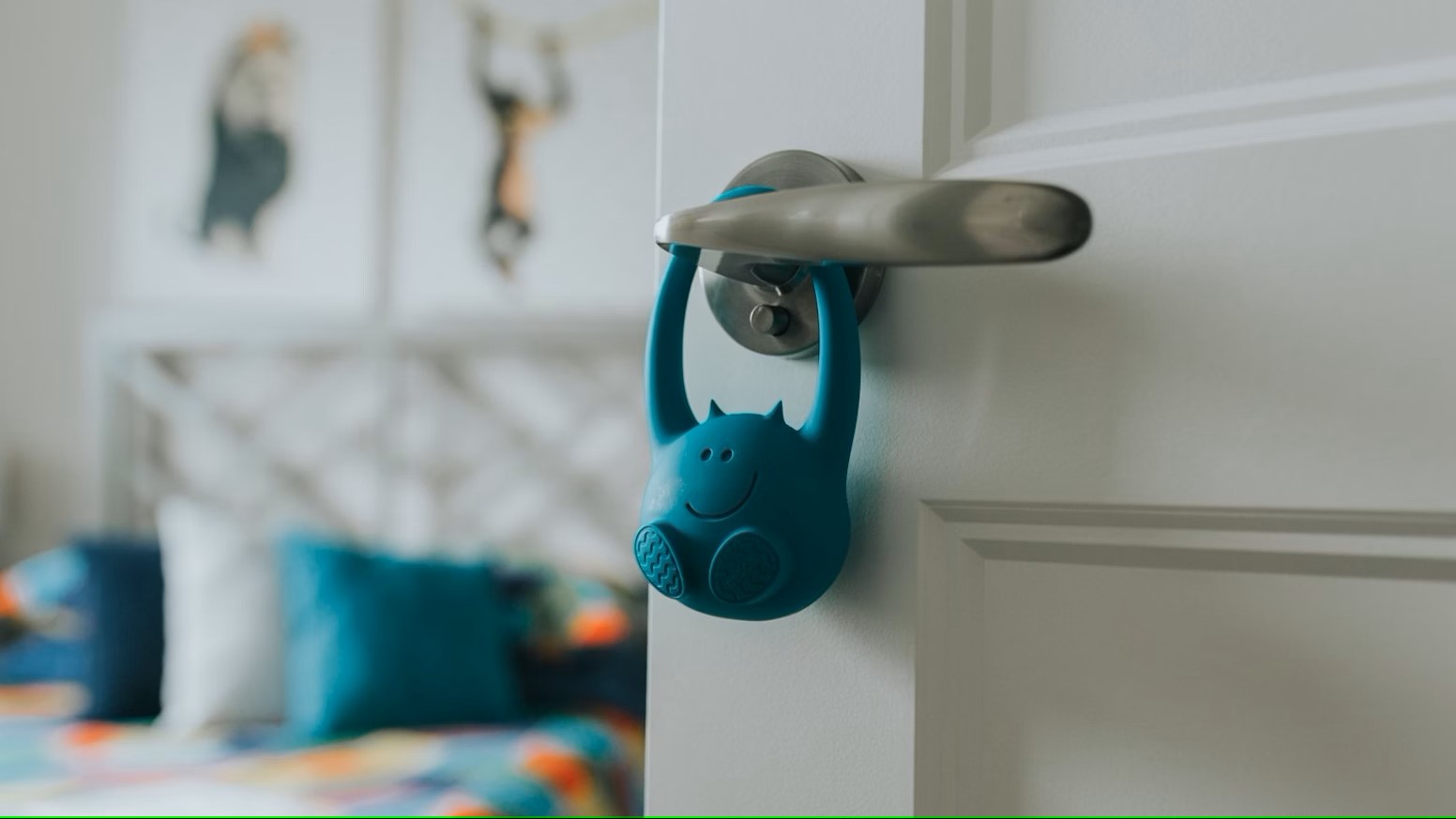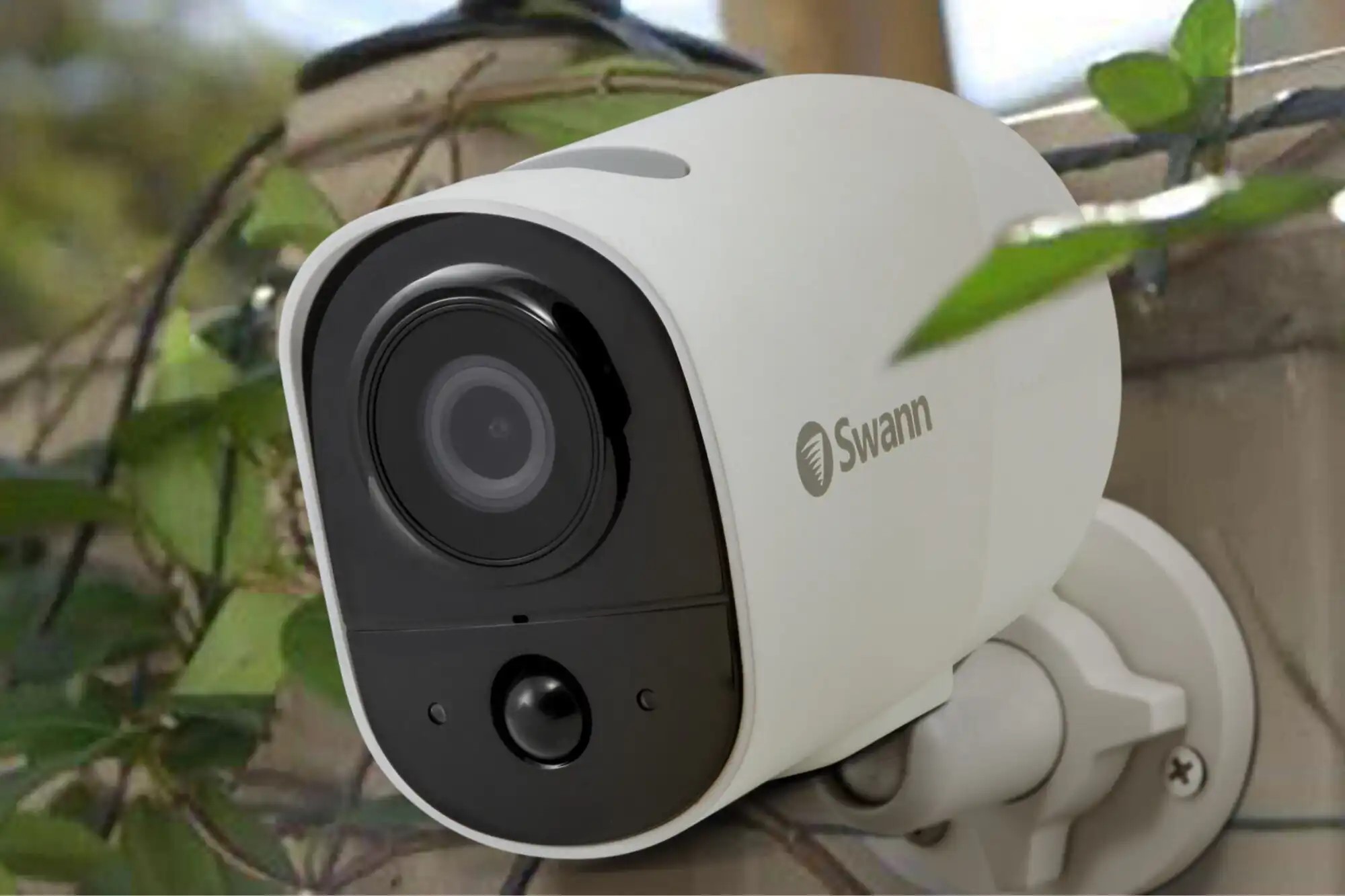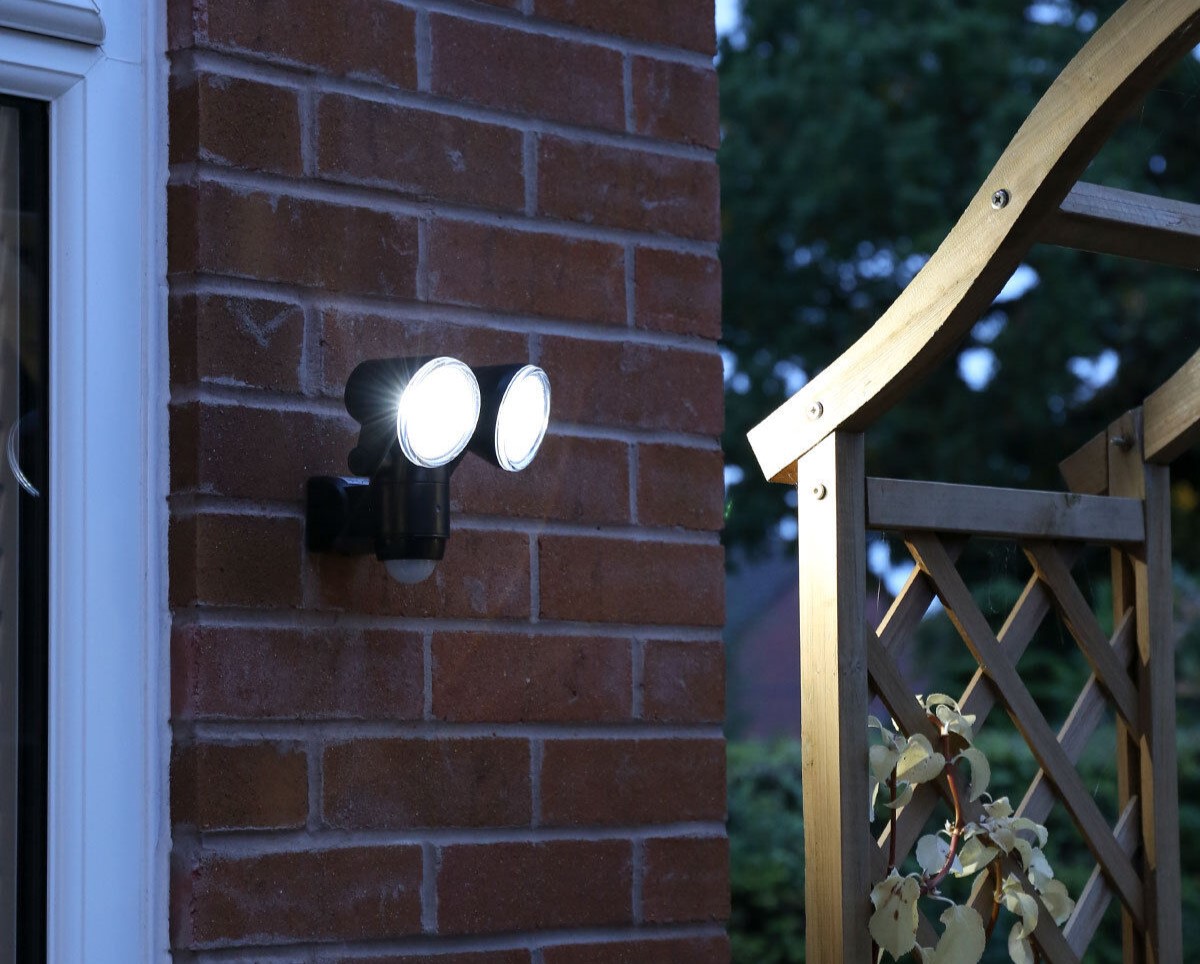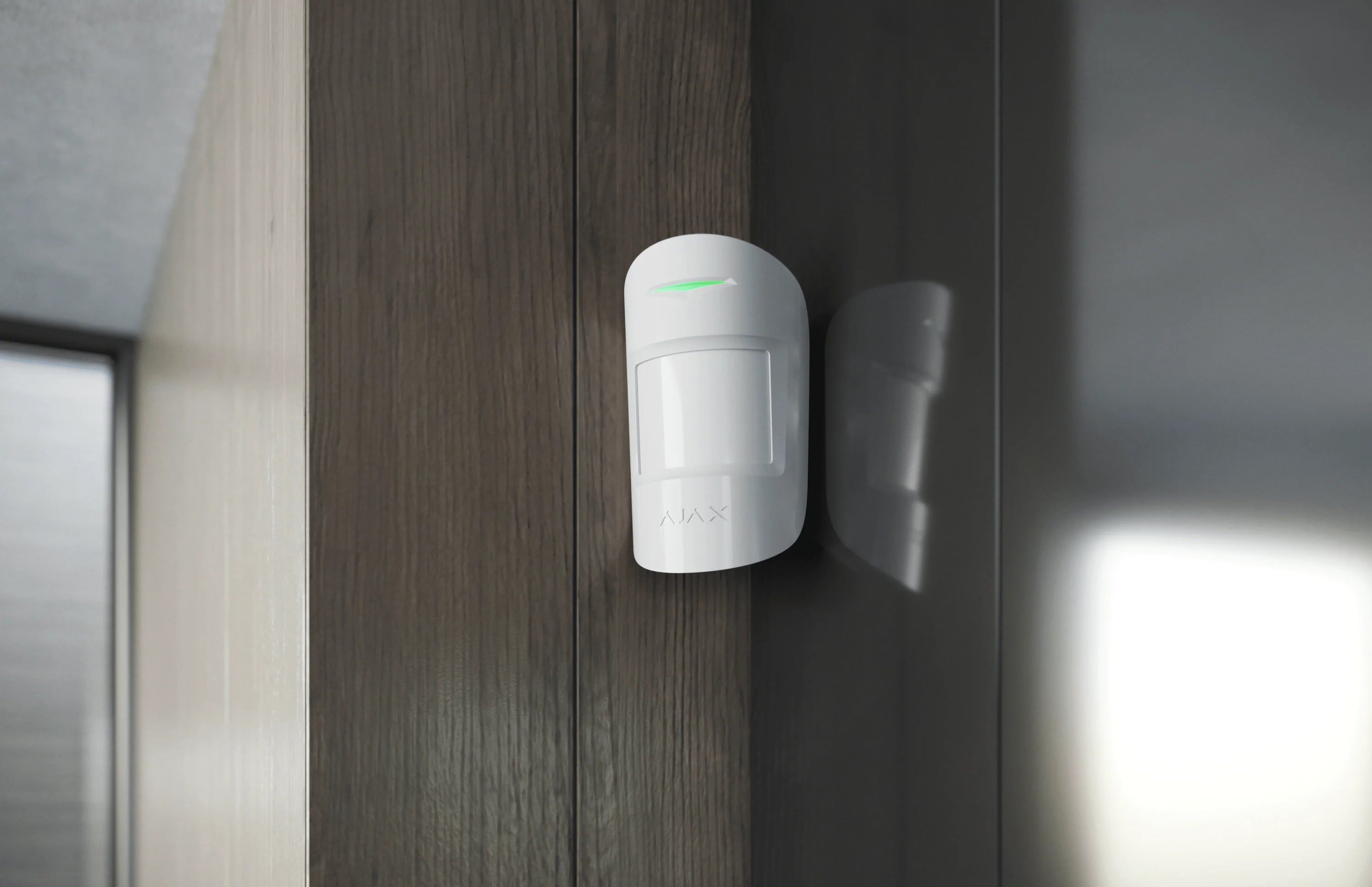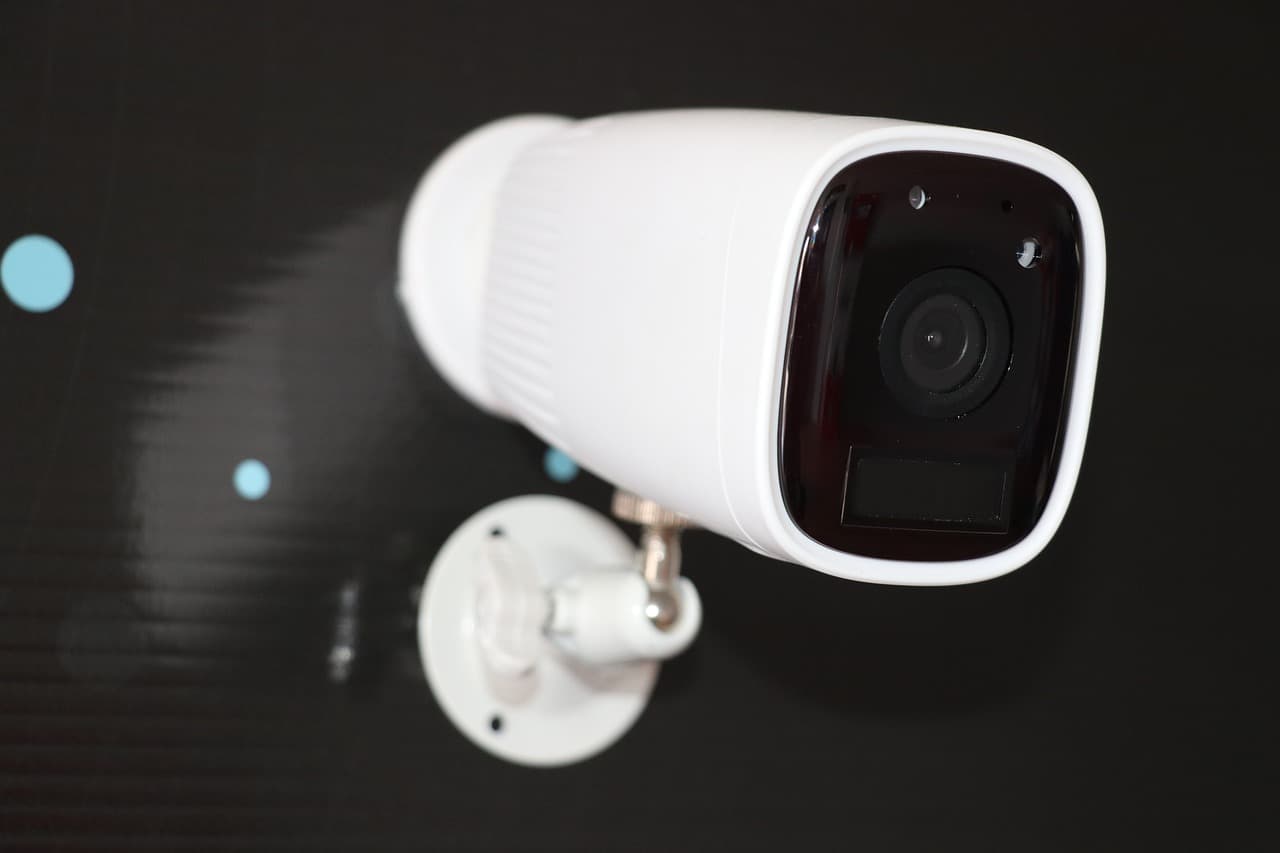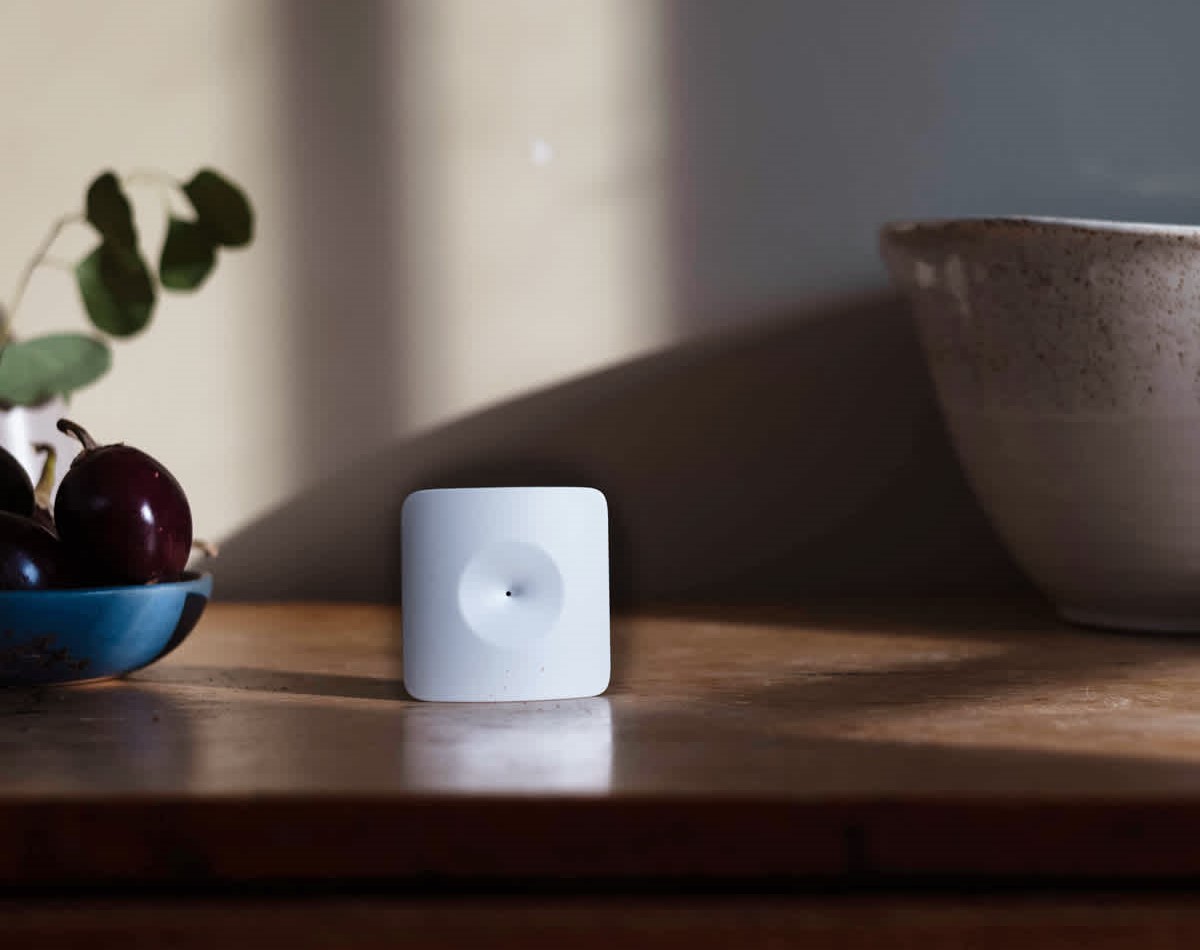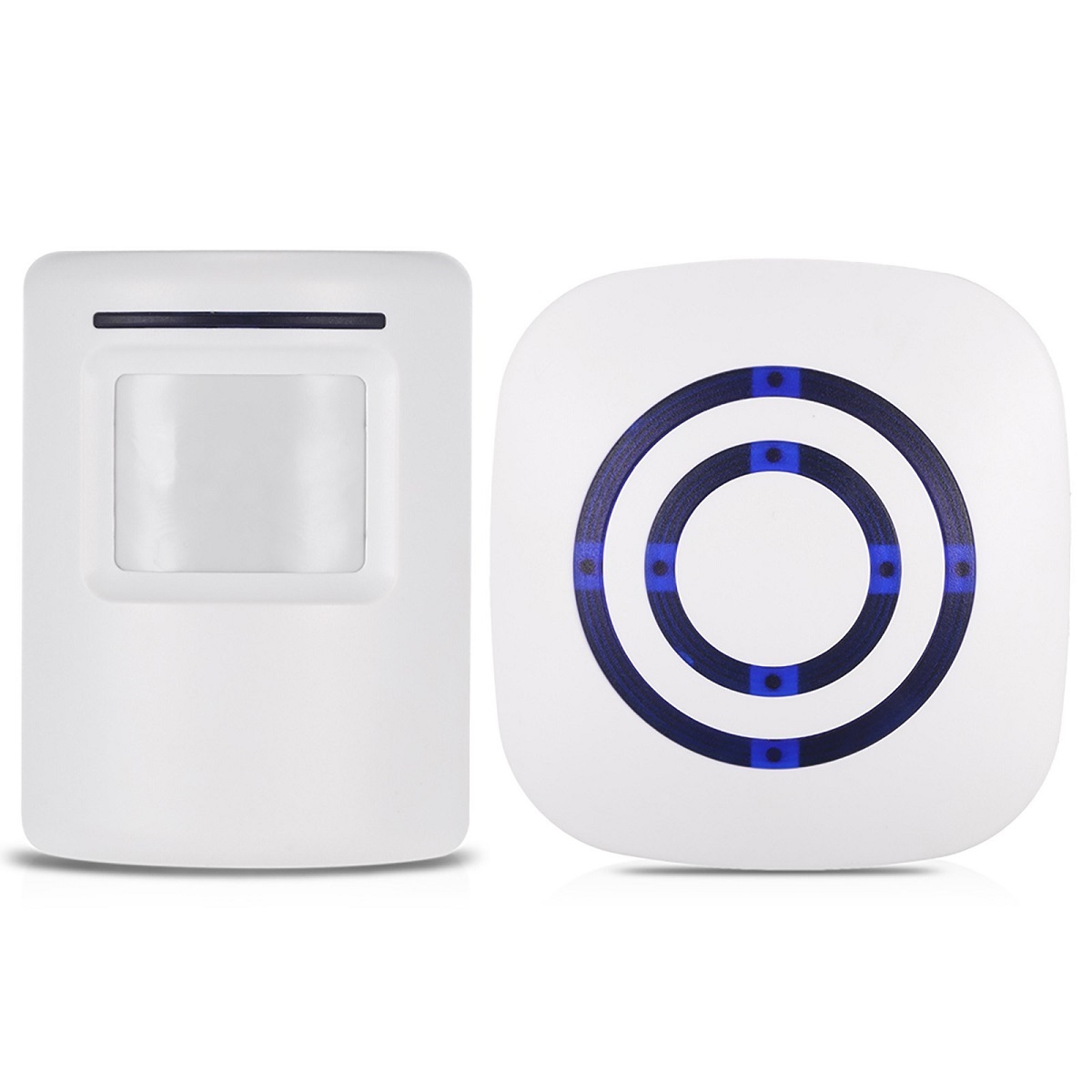Home>Home Security and Surveillance>Which Is Better: Motion Detector Or Glass Break Sensor
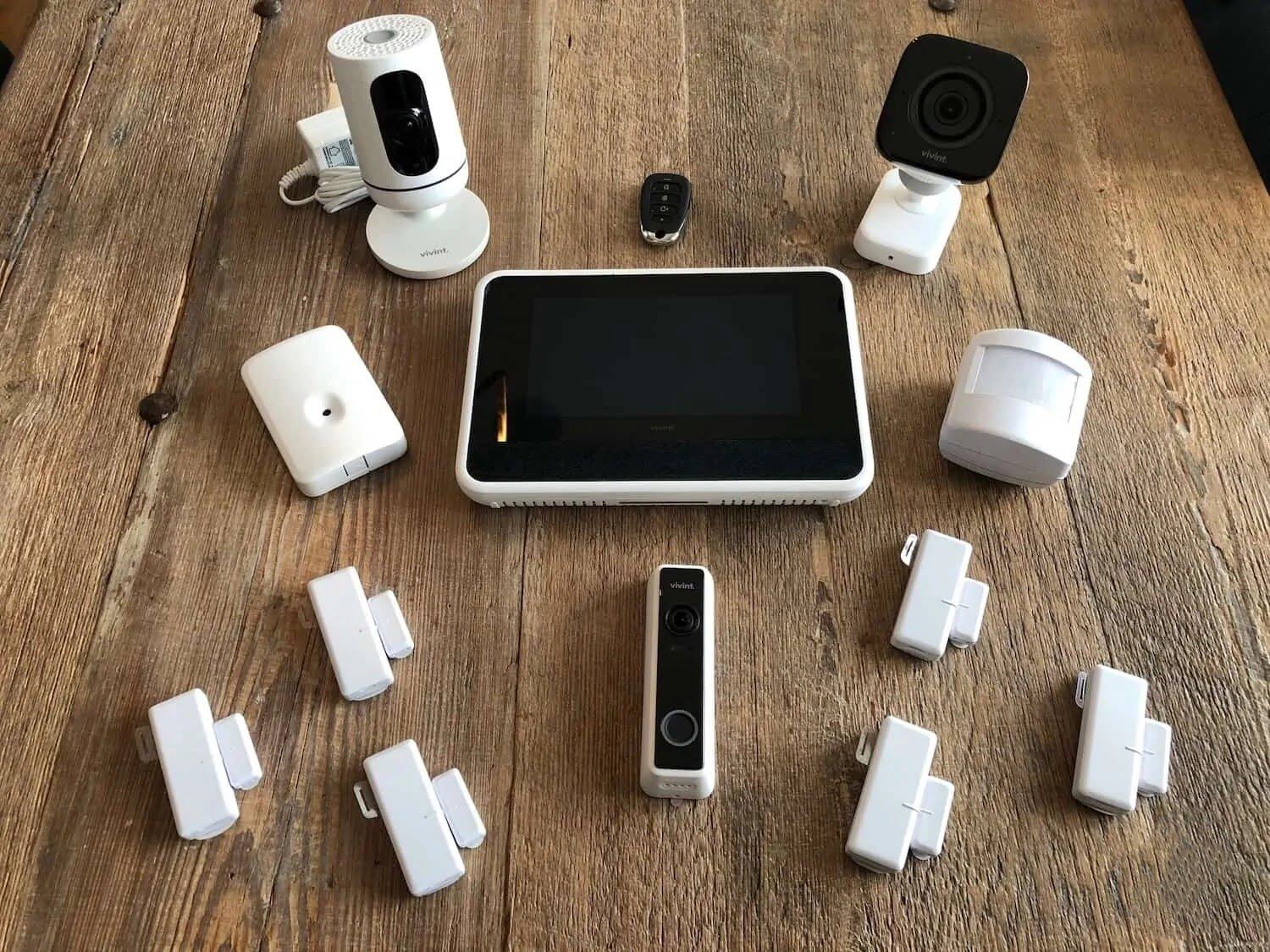

Home Security and Surveillance
Which Is Better: Motion Detector Or Glass Break Sensor
Modified: November 1, 2024
Get the best home security and surveillance with our expert comparison of motion detector and glass break sensor. Learn which is better to protect your home.
(Many of the links in this article redirect to a specific reviewed product. Your purchase of these products through affiliate links helps to generate commission for Storables.com, at no extra cost. Learn more)
Introduction
Welcome to the world of home security and surveillance! In today’s rapidly evolving world, it is essential to protect our homes and loved ones from potential threats. One of the key components of a robust security system is the choice between motion detectors and glass break sensors. These devices play a crucial role in detecting and deterring unauthorized entry into our homes.
In this article, we will delve into the features and benefits of motion detectors and glass break sensors to help you understand which option might be better suited for your needs. Whether you are a homeowner looking to enhance your security or a security professional seeking insights, this article will provide you with valuable information to make an informed decision.
Before we dive into the specifics, it is important to note that both motion detectors and glass break sensors serve as effective deterrents against intruders. They alert homeowners and security professionals, allowing for timely response and potential prevention of burglaries. However, each device has its own unique set of features and considerations. Let’s explore them in more detail.
Key Takeaways:
- Motion detectors offer wide coverage and can distinguish between human and pet movement, making them a versatile first line of defense for your home security system.
- Glass break sensors provide specialized protection for windows and glass doors, detecting the specific sound frequency of breaking glass to enhance the security of your property.
Motion Detectors
Motion detectors, also known as motion sensors or motion-activated sensors, are devices designed to detect movement within a designated area. They are commonly used in home security systems to identify unauthorized activity in and around the property.
There are different types of motion detectors available, including passive infrared (PIR) sensors, microwave sensors, and dual technology sensors. PIR sensors are the most widely used in residential applications. They detect changes in heat signatures, such as body heat, and trigger an alarm when movement is detected.
One of the key advantages of motion detectors is their versatility. They can be installed both indoors and outdoors, providing comprehensive coverage for your property. They are particularly effective in areas such as hallways, entry points, and large open spaces within the home.
Another benefit of motion detectors is their ability to distinguish between human movement and the movement of pets or other benign objects. Many modern motion detectors are equipped with pet-immune features that ignore the presence of small animals, reducing false alarms.
Motion detectors also offer a wide detection range, allowing them to cover a significant area. Depending on the model and configuration, the detection range can vary from a few feet to several hundred feet, making them suitable for different-sized properties.
While motion detectors are highly effective in detecting movement, they do have some limitations. For instance, they rely on line-of-sight detection. This means that if an intruder manages to avoid direct detection or create obstacles within the line of sight, the motion detector may fail to trigger an alarm.
Additionally, motion detectors may not be effective in detecting break-ins through windows or glass doors unless the intruder crosses their detection range. This is where glass break sensors come into play, offering an alternative solution to address this specific vulnerability.
Overall, motion detectors provide an excellent first line of defense against potential intruders. They offer versatile installation options, distinguishing between human and pet movement, and covering a wide detection range. Considering these factors, motion detectors are a wise choice for enhancing the security of your home.
Glass Break Sensors
Glass break sensors, also known as acoustic sensors or audio detectors, are devices designed to detect the sound frequency produced when glass breaks or shatters. They are specifically designed to address the vulnerabilities associated with break-ins through windows and glass doors.
Unlike motion detectors, glass break sensors do not rely on detecting movement. Instead, they rely on sound recognition technology to identify the unique frequency pattern produced by breaking glass. Once the sensor detects this specific sound, it triggers the alarm system, alerting homeowners or security professionals.
One of the key benefits of glass break sensors is their ability to detect break-ins at the point of entry, specifically through glass. This is a crucial feature as windows and glass doors are often targeted by intruders due to their vulnerability. By placing glass break sensors near these potential entry points, you can enhance the security of your home.
Glass break sensors are designed to be highly sensitive to the sound frequency of breaking glass. They can distinguish between actual glass breaking and other loud noises, such as a dropped object. This helps reduce false alarms and ensures that you are alerted only when there is a genuine security threat.
Another advantage of glass break sensors is their wide coverage area. A single sensor can cover multiple windows within its range, depending on the manufacturer’s specifications. This makes them a cost-effective option for securing multiple entry points in your home.
One potential limitation of glass break sensors is their reliance on sound frequency. If a break-in occurs where there is no direct line of sight to the sensor or if the glass breaking sound is muffled, the sensor may not detect the intrusion. It is important to strategically place the sensors in areas where they have the best chance of detecting glass breakage.
In summary, glass break sensors provide a specialized solution for detecting intrusions specifically through windows and glass doors. They are highly sensitive to the sound frequency of breaking glass and offer wide coverage for multiple entry points. By installing glass break sensors in your home security system, you can strengthen the protection of your property.
Factors to Consider
When deciding between motion detectors and glass break sensors for your home security system, it is important to consider various factors to determine which option will best meet your needs. Here are some key factors to consider:
- Detection Range: Motion detectors offer a wide detection range, often covering several feet to hundreds of feet depending on the model. Glass break sensors, on the other hand, are typically limited to a specific area surrounding the windows or glass doors they are installed near. Consider the layout of your property and the areas you want to cover when evaluating the detection range.
- False Alarms: False alarms can be a nuisance and cause unnecessary anxiety. Both motion detectors and glass break sensors have the potential for false alarms, but proper installation and calibration can minimize this risk. However, it is important to note that glass break sensors may be more prone to false alarms caused by loud noises that mimic the sound frequency of breaking glass, such as thunderstorms or loud bangs.
- Installation and Placement: Consider the ease of installation and the optimal placement of the sensors based on the layout of your home. Motion detectors can be placed in various locations, both indoors and outdoors, to cover a wide area. Glass break sensors need to be strategically placed near windows and glass doors to ensure proper detection.
- Cost: Consider your budget when evaluating the cost of motion detectors and glass break sensors. The costs can vary depending on the brand, features, and quantity needed for your home security system. Keep in mind that while motion detectors may be more versatile in terms of coverage, glass break sensors provide a specialized solution for addressing vulnerabilities through windows and glass doors.
Ultimately, the best option for your home security system may depend on your specific needs and preferences. Some homeowners choose to combine both motion detectors and glass break sensors for comprehensive coverage. By understanding these key factors, you can make an informed decision to create a security system that provides peace of mind and protection for your home and loved ones.
Detection Range
The detection range is an important factor to consider when choosing between motion detectors and glass break sensors for your home security system. The detection range refers to the maximum distance at which the sensors can effectively detect movement or the sound frequency of breaking glass.
Motion detectors typically offer a wide detection range, allowing them to cover a significant area. The range can vary depending on the specific model and configuration, but it can range from a few feet to several hundred feet. This makes motion detectors suitable for both small and large properties, as they can provide coverage for various rooms, hallways, and entry points.
On the other hand, glass break sensors have a more limited detection range. They are specifically designed to detect the sound frequency of breaking glass, and their range is typically limited to the area surrounding the windows or glass doors they are installed near. This is because the sound of breaking glass can be muffled or not travel far enough for the sensors to detect it from a great distance.
When considering the detection range, it is essential to evaluate the layout of your property and identify the areas you want to cover. If you have a large property or multiple entry points, motion detectors with a wide detection range may be more suitable for providing comprehensive coverage. If your main concern is securing specific entry points, such as windows or glass doors, then glass break sensors strategically placed near these areas can be an effective solution.
It is important to note that while motion detectors can cover a larger area, they may not be as effective in detecting break-ins specifically through windows or glass doors unless the intruder crosses their detection range. This is where glass break sensors play a complementary role in addressing this vulnerability.
Therefore, when considering the detection range, it is crucial to assess your security needs, the layout of your property, and the specific vulnerabilities you want to address. By understanding the capabilities and limitations of both motion detectors and glass break sensors, you can choose the option that provides the appropriate detection range for your home security system.
Motion detectors are great for detecting movement, but glass break sensors are better for detecting the sound of breaking glass. Consider using both for comprehensive security coverage.
Read more: How To Test Glass Break Sensor
False Alarms
False alarms can be a major inconvenience and source of frustration when it comes to home security systems. Both motion detectors and glass break sensors have the potential for false alarms, but there are measures you can take to minimize the risk.
Motion detectors can be sensitive to various factors that can trigger false alarms. For example, pets moving within the detection area can cause false alarms if the sensors are not pet-immune or properly calibrated. Additionally, changes in environmental conditions, such as drafts or sudden temperature fluctuations, may also trigger false alarms. To mitigate these issues, modern motion detectors often come with advanced features like pet-immunity and sensitivity adjustment settings.
On the other hand, glass break sensors can also be prone to false alarms if they are not carefully calibrated. Loud noises that mimic the sound frequency of breaking glass, such as thunderstorms, construction work, or even dropped objects, can trigger false alarms. It is crucial to properly install and calibrate the glass break sensors to minimize false alarms. Some sensors have adjustable sensitivity settings, allowing you to fine-tune them to your specific needs.
To minimize false alarms, it is important to follow the manufacturer’s instructions for installation and calibration. Proper placement of the sensors and regular maintenance, such as cleaning the lenses of motion detectors, can also contribute to reliable operation and reduce false alarms.
Additionally, it is recommended to have a professional security company or technician assess and install your home security system. They can provide expert advice on placement and help ensure that all components are properly calibrated to minimize false alarms.
Regular testing and monitoring of your home security system is also important to catch any issues that may result in false alarms. This can involve simulating alarm triggers, such as moving within the detection range of motion detectors or creating the sound of breaking glass, to ensure that the sensors are working correctly and not generating false alarms.
By taking these precautions and staying proactive in maintaining your home security system, you can significantly reduce the risk of false alarms. This will ensure that you receive genuine alerts when there is a potential security threat, enhancing the effectiveness and reliability of your home security system.
Installation and Placement
Proper installation and strategic placement of your home security devices, whether it be motion detectors or glass break sensors, is crucial in maximizing their effectiveness. Here are some key factors to consider when it comes to installation and placement:
1. Motion Detectors:
- Indoor and Outdoor Placement: Motion detectors can be installed both indoors and outdoors, depending on your security needs. Indoor placement is commonly done in areas such as hallways, stairwells, and main entry points. Outdoor placement is typically focused on covering the perimeter of your property.
- Mounting Height: It is important to mount motion detectors at the recommended height to ensure optimal coverage and detection. The ideal mounting height is usually around 6 to 7 feet above the ground, but it may vary depending on the specific model and manufacturer’s recommendations.
- Angle and Coverage Area: Motion detectors have a specific detection angle and coverage area. It is important to position them in a way that maximizes their coverage while avoiding obstacles that can block their line of sight. Adjust the angle and range of the motion detector based on your specific needs and the layout of your home.
- Pet-Immune Features: If you have pets, it is important to choose motion detectors with pet-immune features or adjust the sensitivity settings to avoid false alarms caused by your pets’ movements. Placing the motion detectors or adjusting their angles can also help minimize false alarms triggered by pets.
2. Glass Break Sensors:
- Placement near Vulnerable Areas: Glass break sensors should be strategically placed near windows, glass doors, or other vulnerable areas where intruders are likely to attempt a break-in. Consider the layout of your home and identify the areas that have the highest risk of unauthorized entry through glass.
- Proximity to Glass: Proper placement of glass break sensors is critical for their effectiveness. They should be positioned within close proximity to the glass they are monitoring to ensure that they can detect the specific sound frequency produced by breaking glass.
- Calibration and Sensitivity Settings: To avoid false alarms, it is important to calibrate the glass break sensors according to the manufacturer’s recommendations. Adjusting the sensitivity settings can prevent false alarms triggered by sounds that resemble breaking glass, such as loud bangs or thunderstorms.
It is recommended to consult with a professional security company or technician for the installation and placement of your home security devices. They have the expertise and experience to ensure that the devices are properly installed, calibrated, and strategically placed to maximize their effectiveness in detecting and deterring intruders.
Regular maintenance, such as cleaning the lenses of motion detectors and checking the functionality of glass break sensors, is also essential to keep your home security system in optimal condition. By paying attention to installation and placement, you can enhance the security of your home and provide peace of mind for you and your loved ones.
Cost
The cost is an important consideration when it comes to choosing between motion detectors and glass break sensors for your home security system. It is essential to evaluate your budget and understand the potential expenses associated with each option.
Motion Detectors:
Motion detectors are generally more affordable compared to glass break sensors. The cost of motion detectors can vary depending on factors such as the brand, features, and quantity needed for your home security system. However, they are often considered a cost-effective solution for enhancing the security of your home.
In addition to the initial purchase cost, it is also important to consider the installation cost of motion detectors. If you choose to install the devices yourself, you can save on installation expenses. However, if you opt for professional installation, there will be additional costs associated with the service.
Furthermore, it is worth noting that certain advanced features, such as pet-immunity or wireless connectivity, may increase the cost of motion detectors. It is important to weigh the benefits of these features against your budget and specific security needs.
Glass Break Sensors:
Glass break sensors tend to be slightly more expensive than motion detectors. The cost of glass break sensors can vary depending on factors such as the brand, quality, and features. Additionally, the quantity and placement of glass break sensors needed for your home security system can also impact the overall cost.
Installation costs for glass break sensors may also need to be factored in. The complexity of installation can vary depending on the type of glass break sensors chosen and the layout of your home. Hiring a professional technician to install and calibrate the sensors can ensure their proper functioning but might come with an additional cost.
It is advisable to obtain quotes from multiple security companies or retailers to get an idea of the overall cost of motion detectors and glass break sensors. This will help you make an informed decision that aligns with your budget and security requirements.
Overall, while glass break sensors may have a slightly higher upfront cost compared to motion detectors, both options offer valuable security benefits. It is important to consider the long-term value and effectiveness of the devices when evaluating the cost to ensure you are making the right investment for the protection of your home.
Conclusion
In conclusion, both motion detectors and glass break sensors are valuable components of a comprehensive home security system. They play distinct roles in detecting and deterring unauthorized entry into your home, each offering unique features and benefits.
Motion detectors provide versatile coverage, with a wide detection range that spans both indoor and outdoor areas. They are effective at detecting movement and can be calibrated to ignore the presence of pets, reducing false alarms. Motion detectors serve as a strong first line of defense, alerting homeowners and security professionals to potential intrusions.
On the other hand, glass break sensors address a specific vulnerability, focusing on detecting break-ins through windows and glass doors. They rely on sound recognition technology to detect the specific frequency produced by breaking glass. Glass break sensors are strategically placed near these entry points, adding an additional layer of security to your home.
When making a decision between motion detectors and glass break sensors, it is essential to consider factors such as detection range, false alarms, installation and placement, and cost. These factors will help determine which option best suits your security needs, budget, and property layout.
Ultimately, a robust home security system may benefit from a combination of both motion detectors and glass break sensors. This comprehensive approach ensures broad coverage and addresses vulnerabilities from both movement-based and glass breakage-based intrusions.
It is important to consult with security professionals or technicians for expert guidance on the proper installation and configuration of your chosen devices. They can assess your specific needs and provide personalized recommendations to optimize the effectiveness of your home security system.
Remember that a well-designed and properly maintained home security system not only provides peace of mind but also serves as a deterrent to potential intruders. By investing in the right combination of motion detectors and glass break sensors, you are taking a proactive step towards enhancing the security and safety of your home and loved ones.
Frequently Asked Questions about Which Is Better: Motion Detector Or Glass Break Sensor
Was this page helpful?
At Storables.com, we guarantee accurate and reliable information. Our content, validated by Expert Board Contributors, is crafted following stringent Editorial Policies. We're committed to providing you with well-researched, expert-backed insights for all your informational needs.
